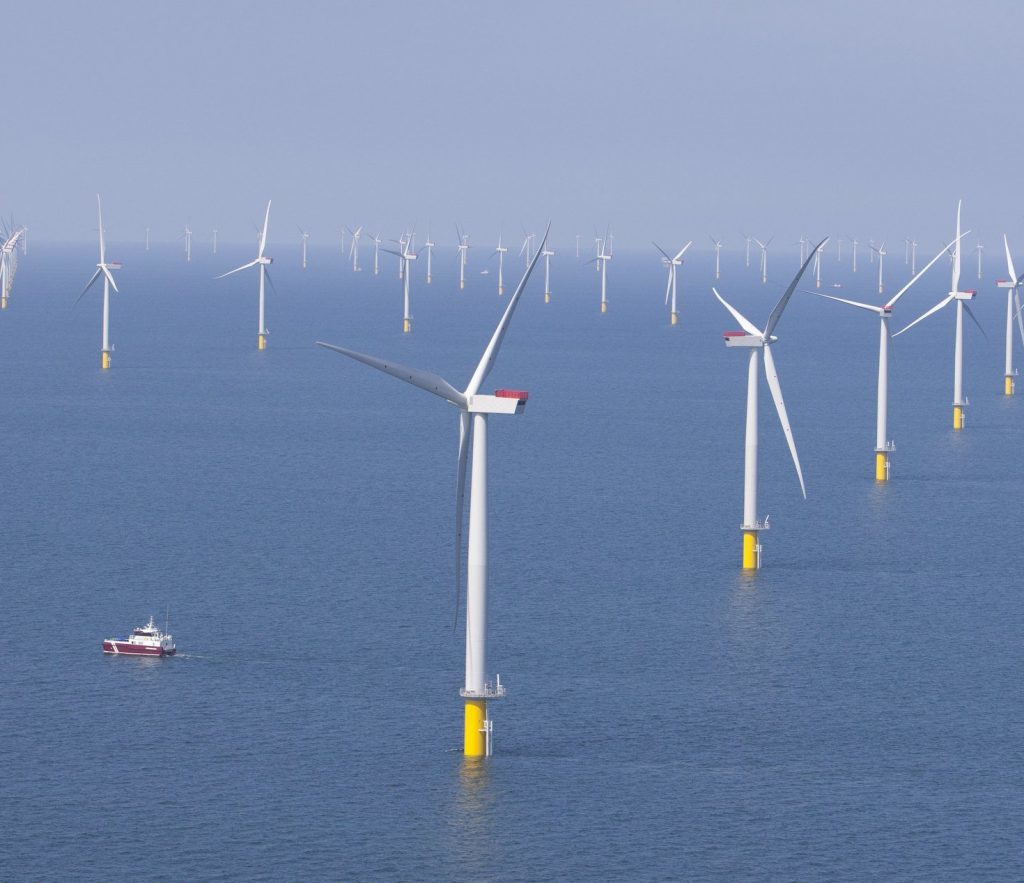
More than half the UK’s electricity came from low carbon sources in the last three months, making it the “greenest” summer on record, National Grid said.
From June 21 to September 22, almost 52% of electricity generation was from sources ranging from renewables such as solar and wind, and from nuclear power, up from 35% for the same period just four years ago.
Almost a quarter of power generation (24%) came from renewables this summer, up from just 9% four years ago, and a fifth (19.5%) last year.
Average carbon dioxide emissions for each unit of power fell by more than half (56%) between summer 2013 and 2017 as more electricity came from low carbon sources and polluting coal is increasingly pushed off the system, the figures show.
In summer 2013, there were 491 grams of carbon dioxide pollution emitted for each kilowatt hour of electricity but the average figure for this summer was just 216g of carbon per kilowatt hour.
As it revealed the figures, National Grid is launching innovative new software that forecast the “carbon intensity” – how much carbon emissions are caused by each unit of power – of electricity generation up two days ahead.
National Grid is working with the Environmental Defense Fund Europe and WWF to make the software, which aims to help people better understand and control their energy use, openly available to the public.
WWF has used the data as the basis for an online tool which points users to the best times to turn on or off home appliances to minimise carbon emissions, while Environmental Defense Fund Europe is working on the policy implications of having the data available and widely understood.
Shifting activities such as when the dishwasher is put on or electric vehicles are charged could help relieve pressure on the energy system and reduce the need to use back-up fossil fuel plants, such as gas, to meet peak demand.
It could potentially reduce bills for households as well as cut emissions, National Grid said.
The software combines National Grid’s knowledge of the energy system with weather data from the Met Office to forecast the share of renewable and non-renewable energy on the grid over the next 48 hours and the resulting carbon emissions.
Duncan Burt, director of the system operator at National Grid, said technology companies could build apps from the information to make a real difference to how and when people use energy.
“Clear and concise information that can tell you in advance when’s best to turn on the washing machine, load the dishwasher or charge your car for example, is a step in the right direction towards a low carbon future.
“This technology puts people at the heart of it, helping everyone to use power when it’s greenest, and likely, more cost efficient.”
Gareth Redmond-King, head of climate and energy at WWF, said: “Green energy forecasting could be a game changer – making the connection between the weather and energy and helping people use electricity when it’s greenest.”
He called on the Government to bring in “time of use” tariffs quickly which will help people also save money on their bills by using power when demand and carbon emissions are lower.
Recommended for you
